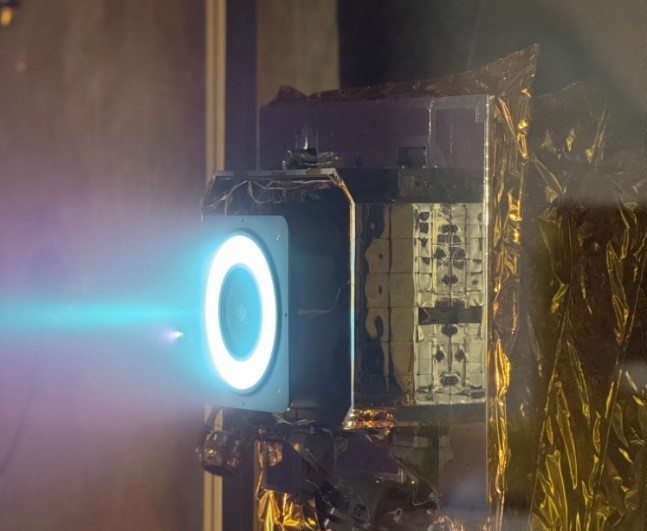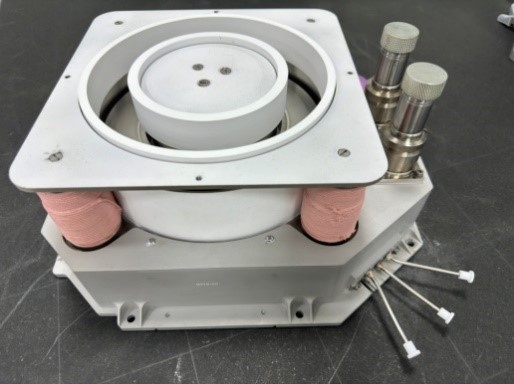ISRO Achieves Milestone with 1000-Hour Life Test of Stationary Plasma Thruster for Satellites

The Indian Space Research Organisation (ISRO) has successfully completed a 1,000-hour life test of its 300mN (millinewton) Stationary Plasma Thruster. This thruster is designed for use in the Electric Propulsion System (EPS) of future satellites, aiming to replace traditional chemical propulsion systems.
According to ISRO, the adoption of electric propulsion will result in significant mass savings, enhancing the transponder capacity of communication satellites. Unlike conventional systems, these plasma thrusters utilize Xenon as a propellant, providing a Specific Impulse — a critical performance metric — that is at least six times higher.

The life test was conducted at a full power level of 5.4kW within a vacuum chamber simulating space conditions. Throughout the process, ISRO monitored the erosion of electrode liners to gather data for future predictions of thruster lifespan. This information is expected to play a crucial role in satellite orbit management.

Labeling the achievement as a key milestone, ISRO highlighted that the Electric Propulsion System’s reliability and durability have been demonstrated ahead of its planned induction into satellites. The thruster will undergo further validation aboard ISRO’s upcoming Technology Demonstration Satellite (TDS-01) during its journey to Geostationary orbit.




